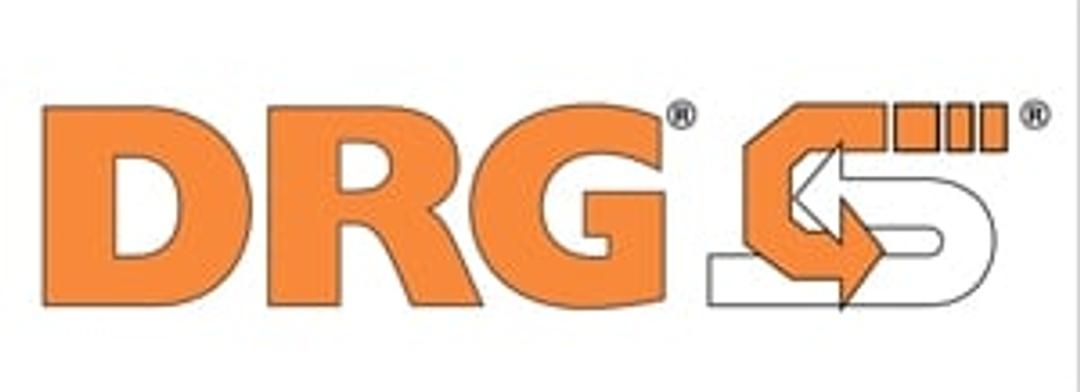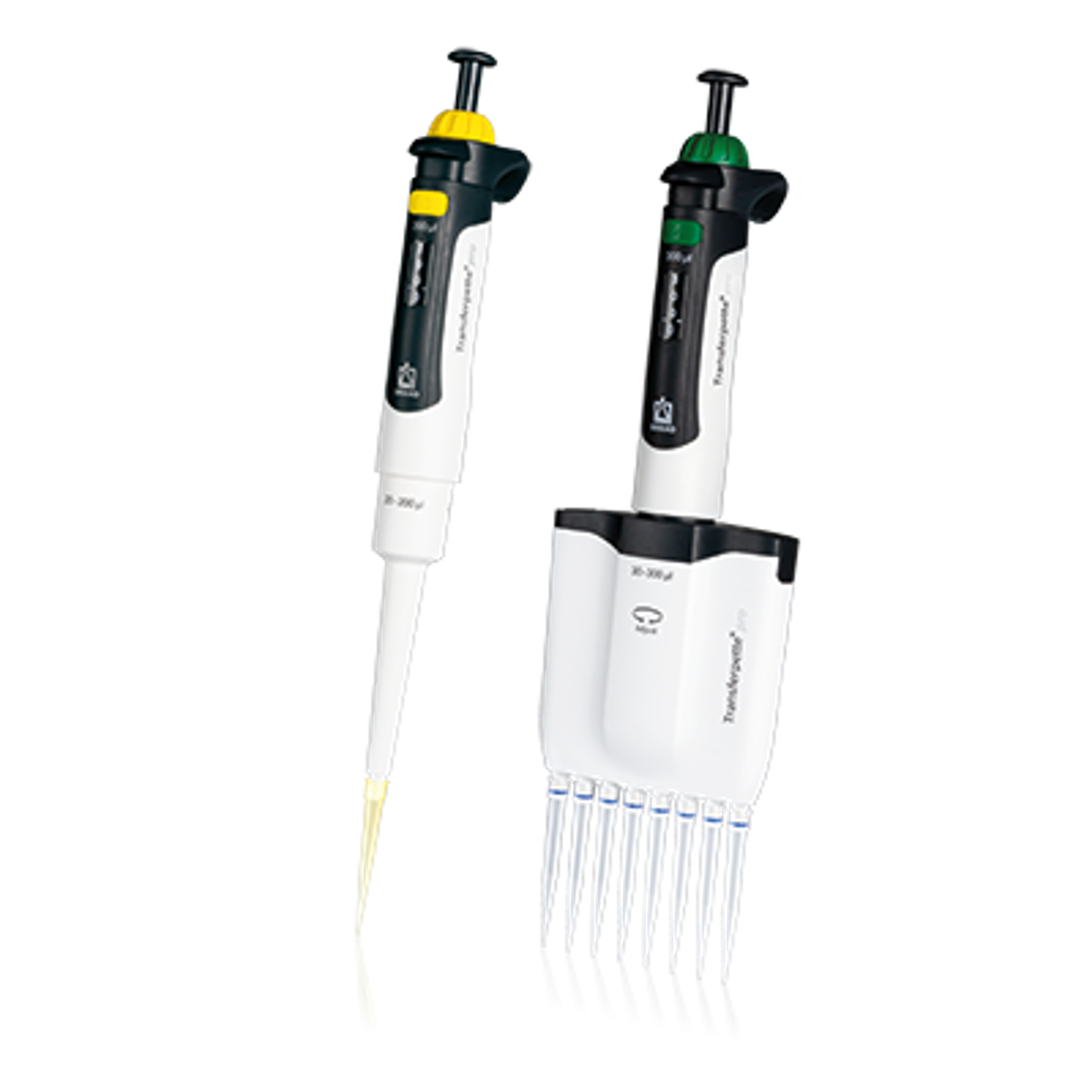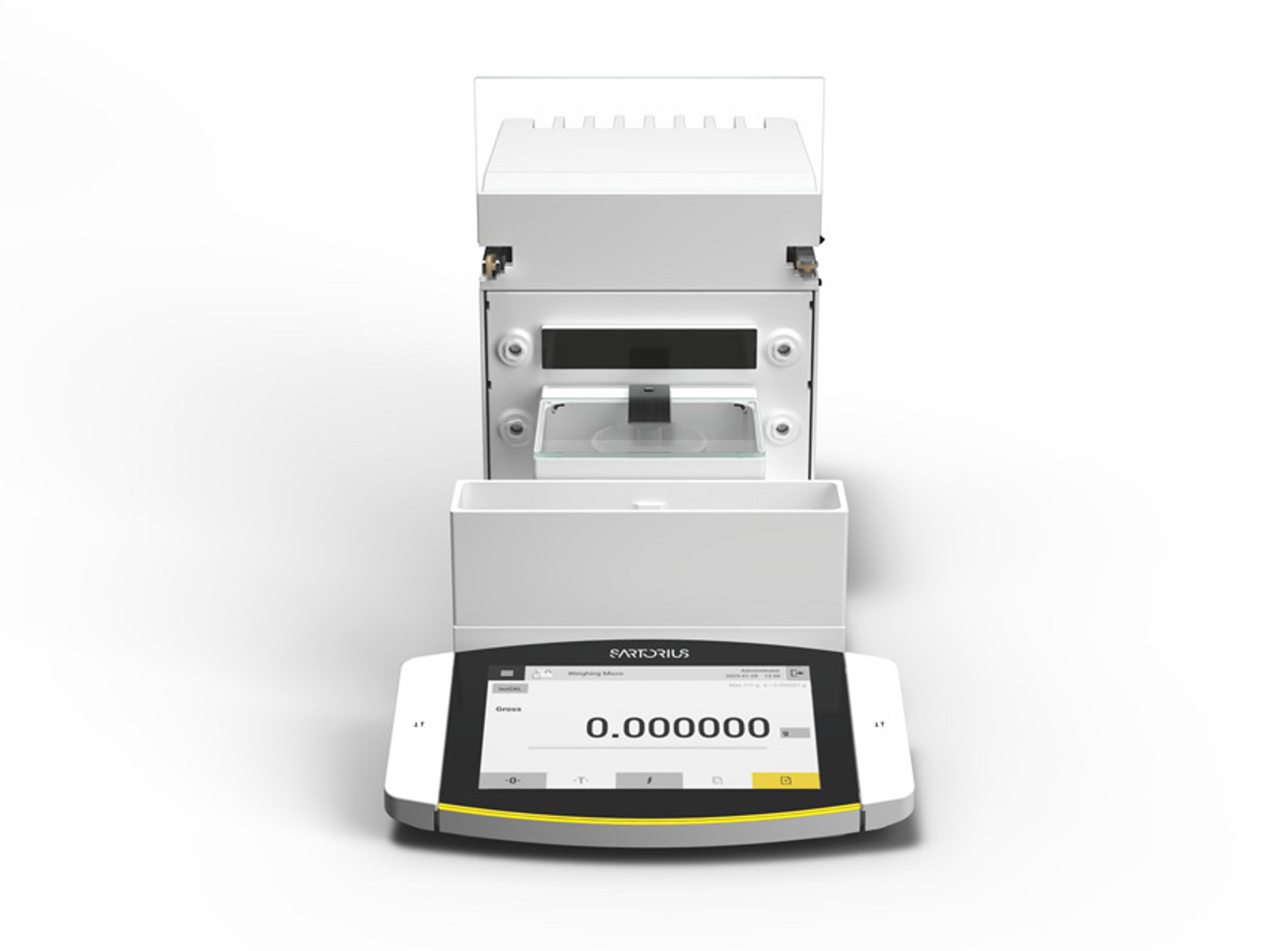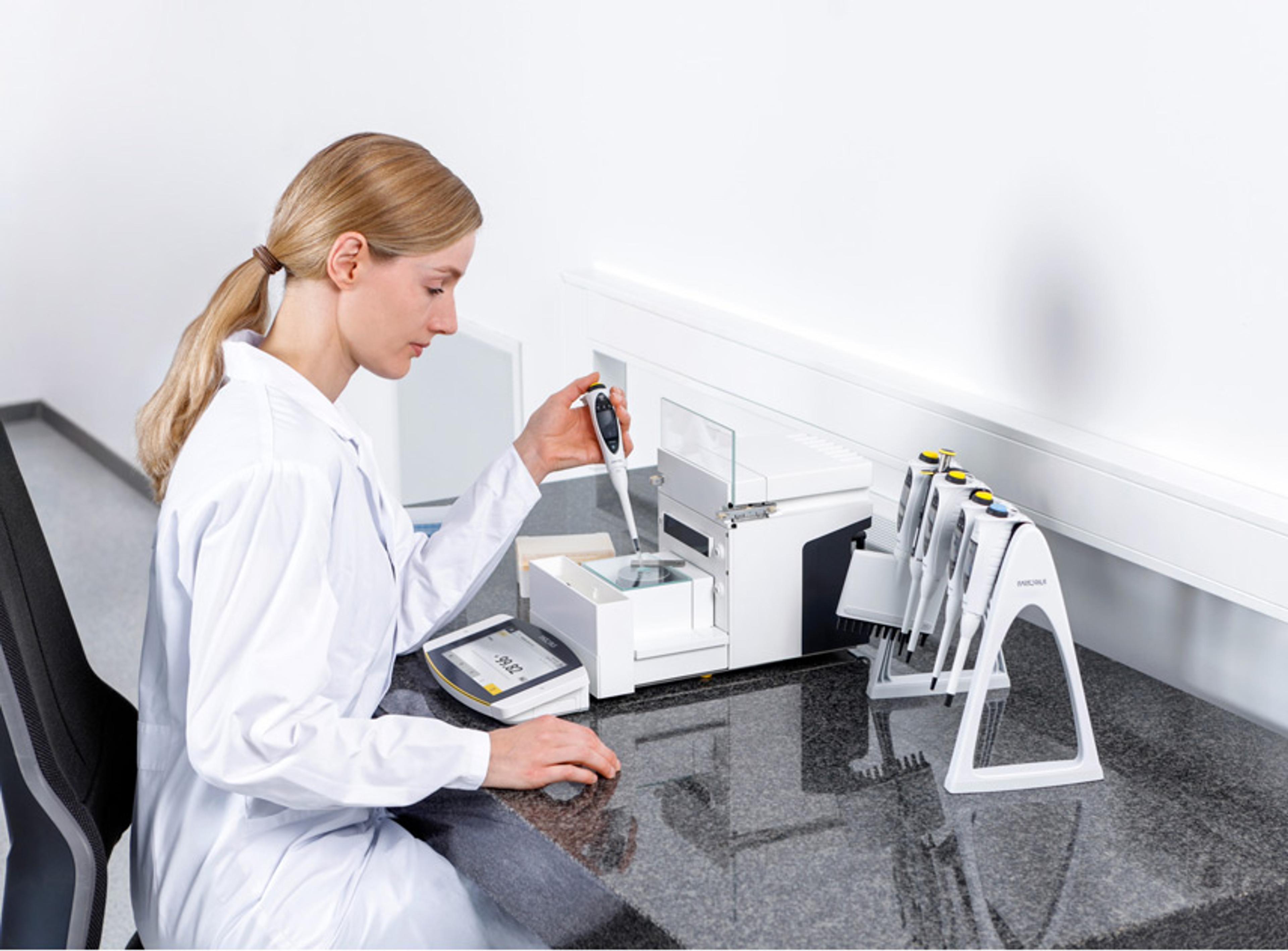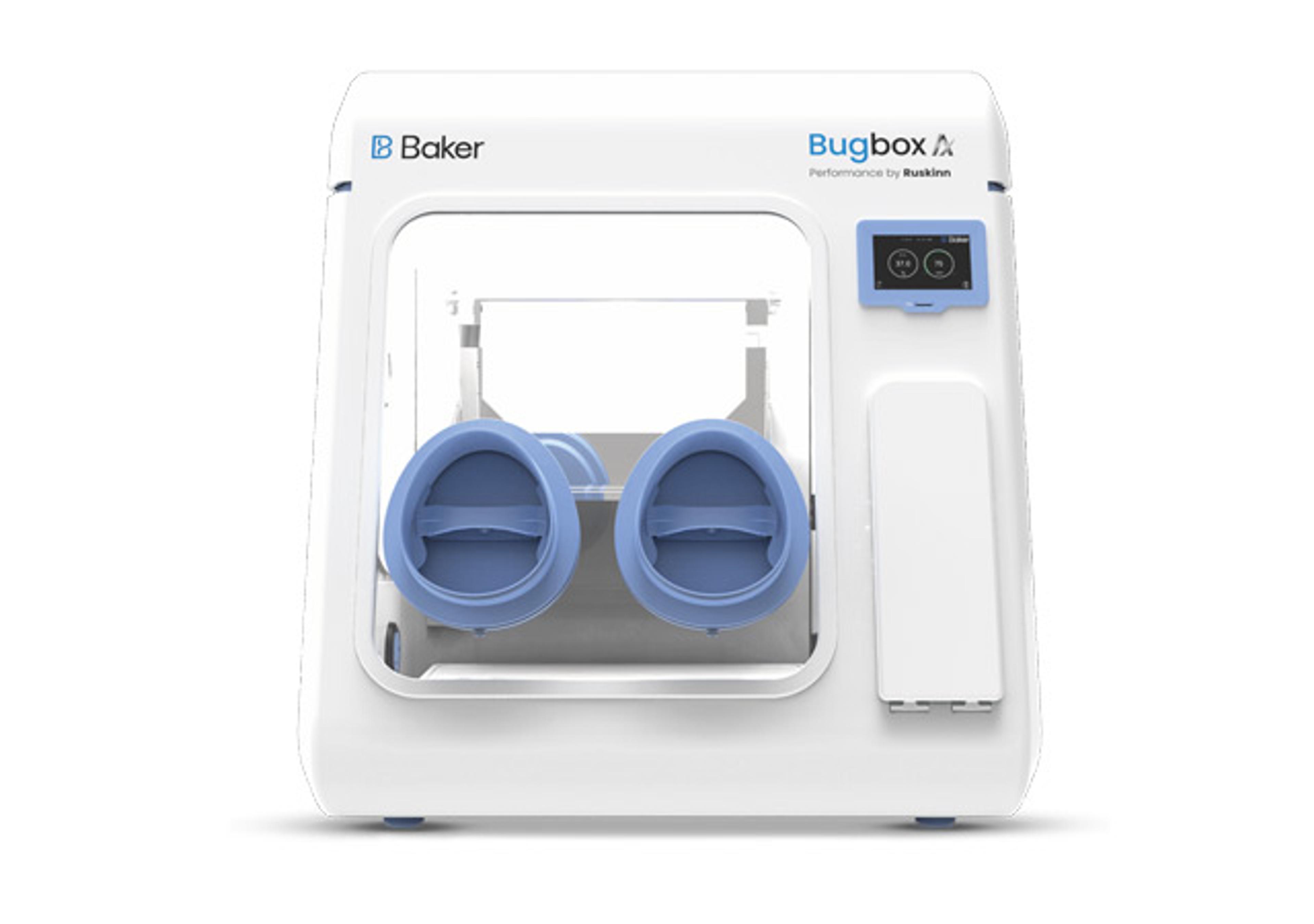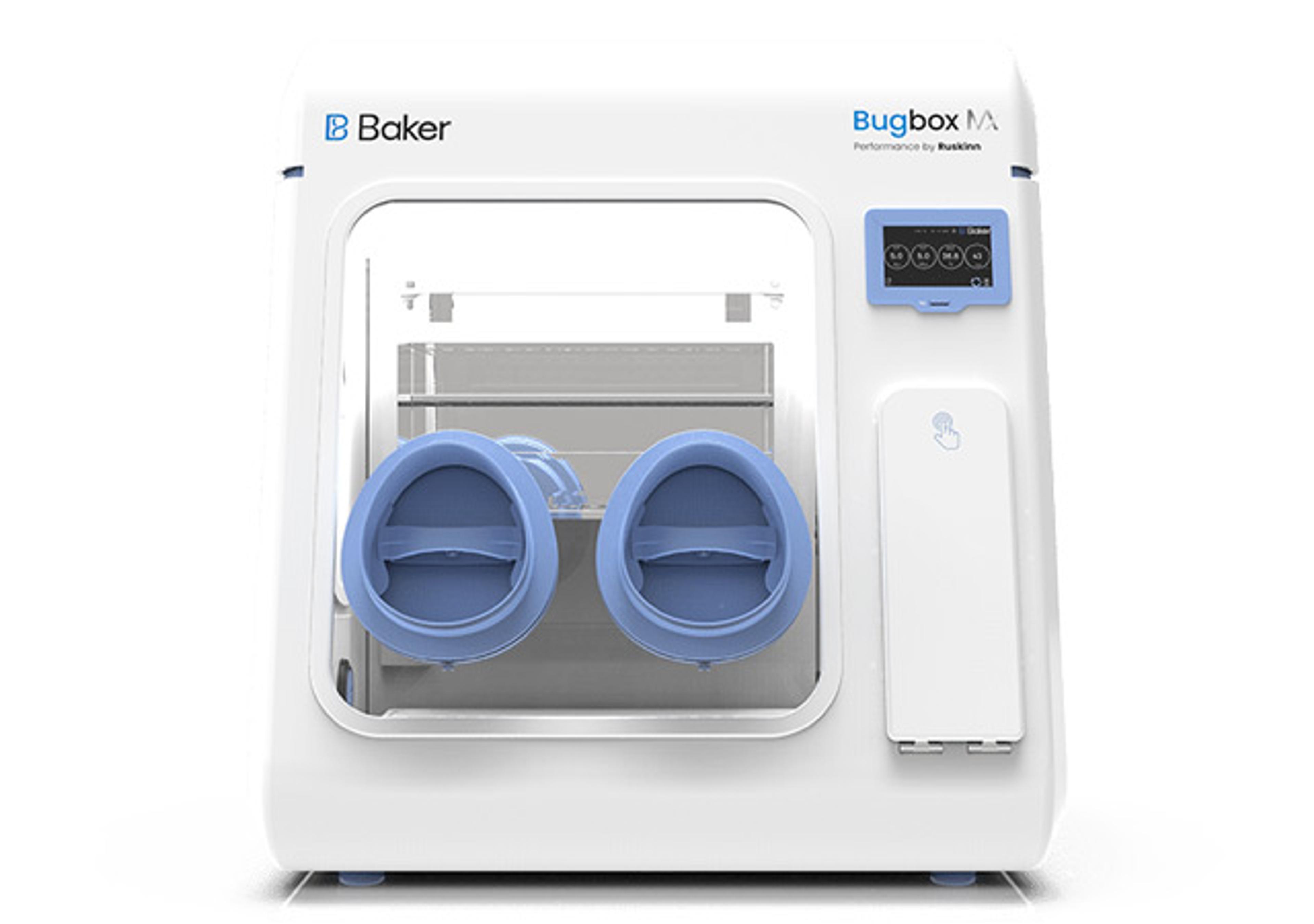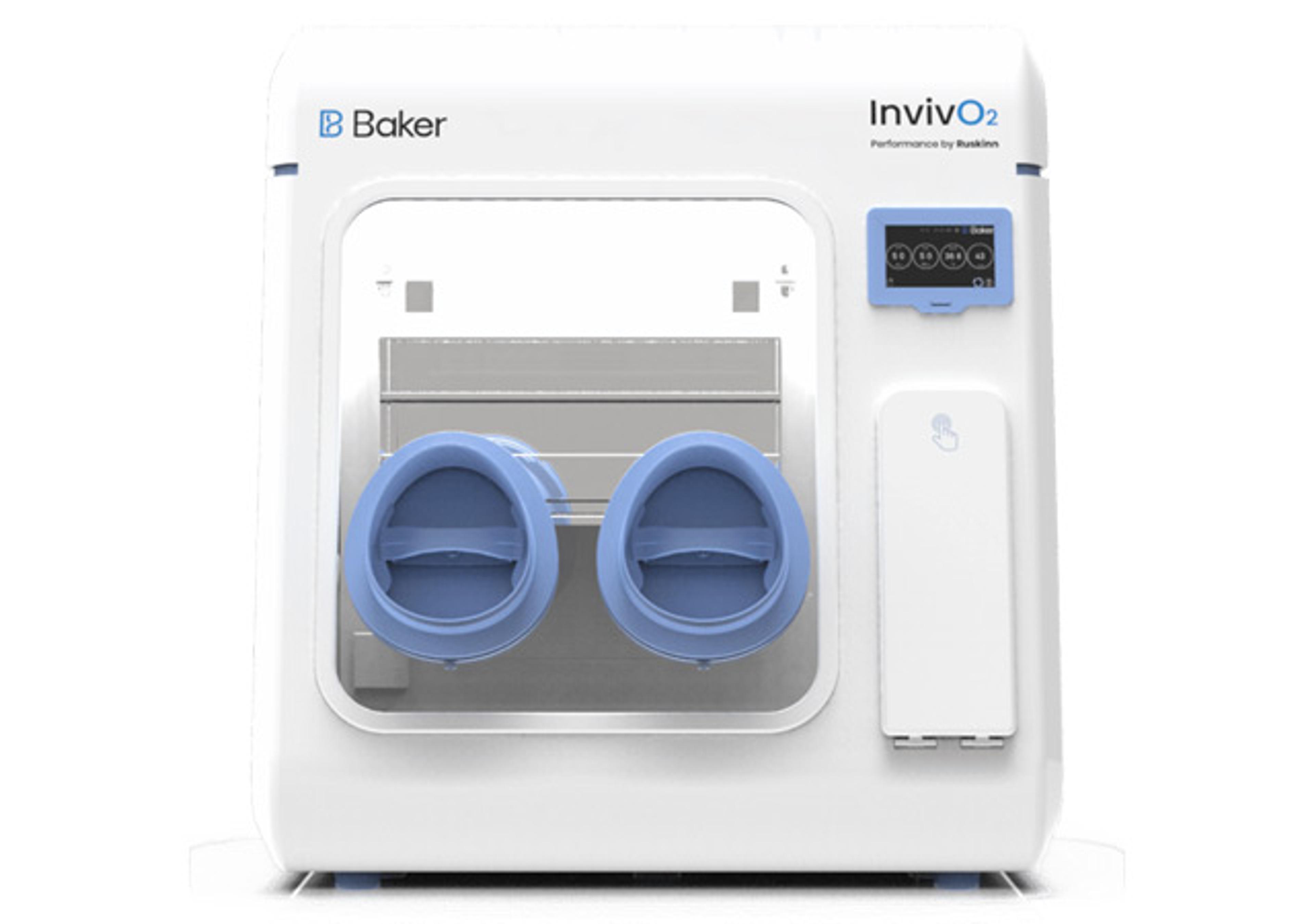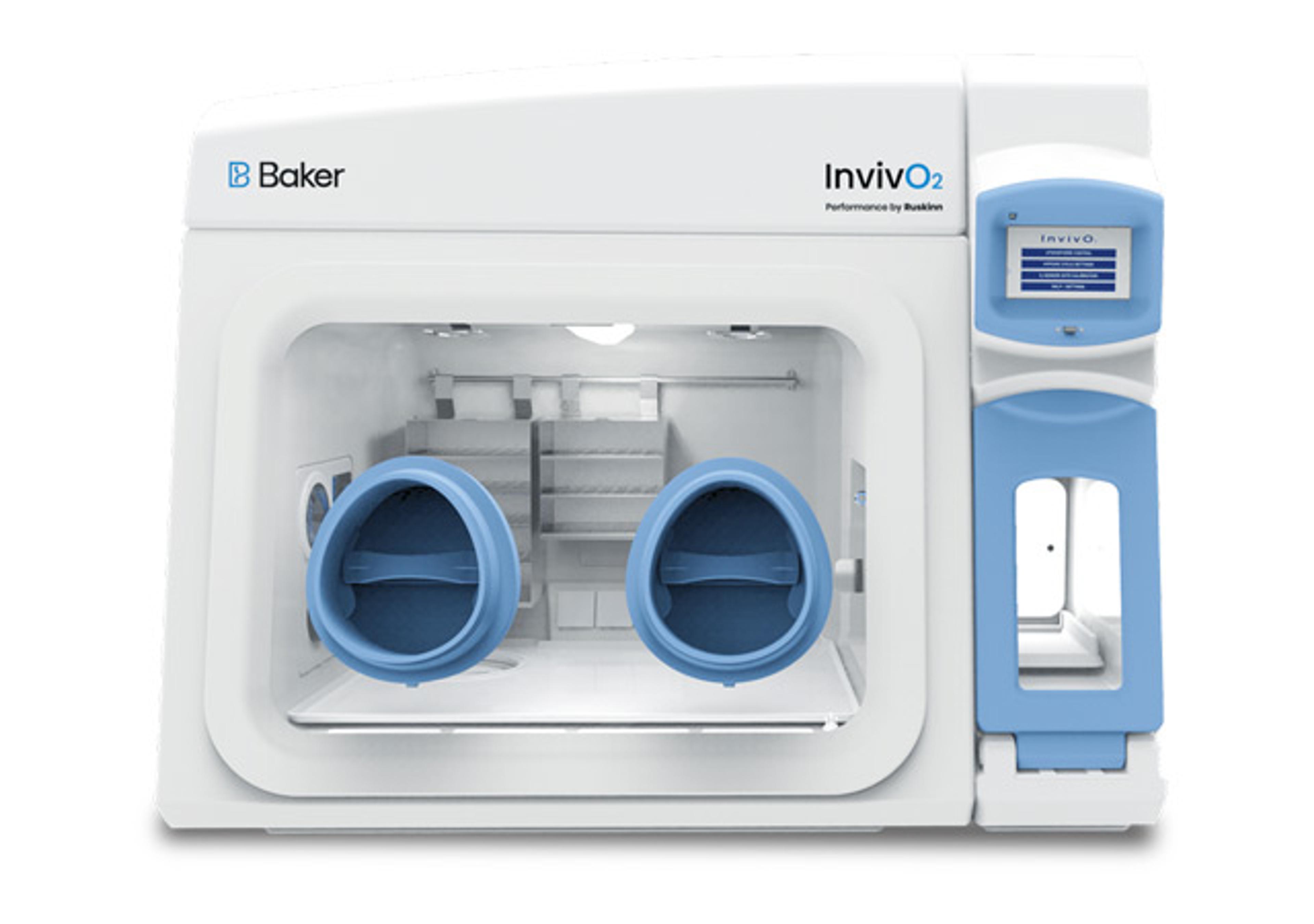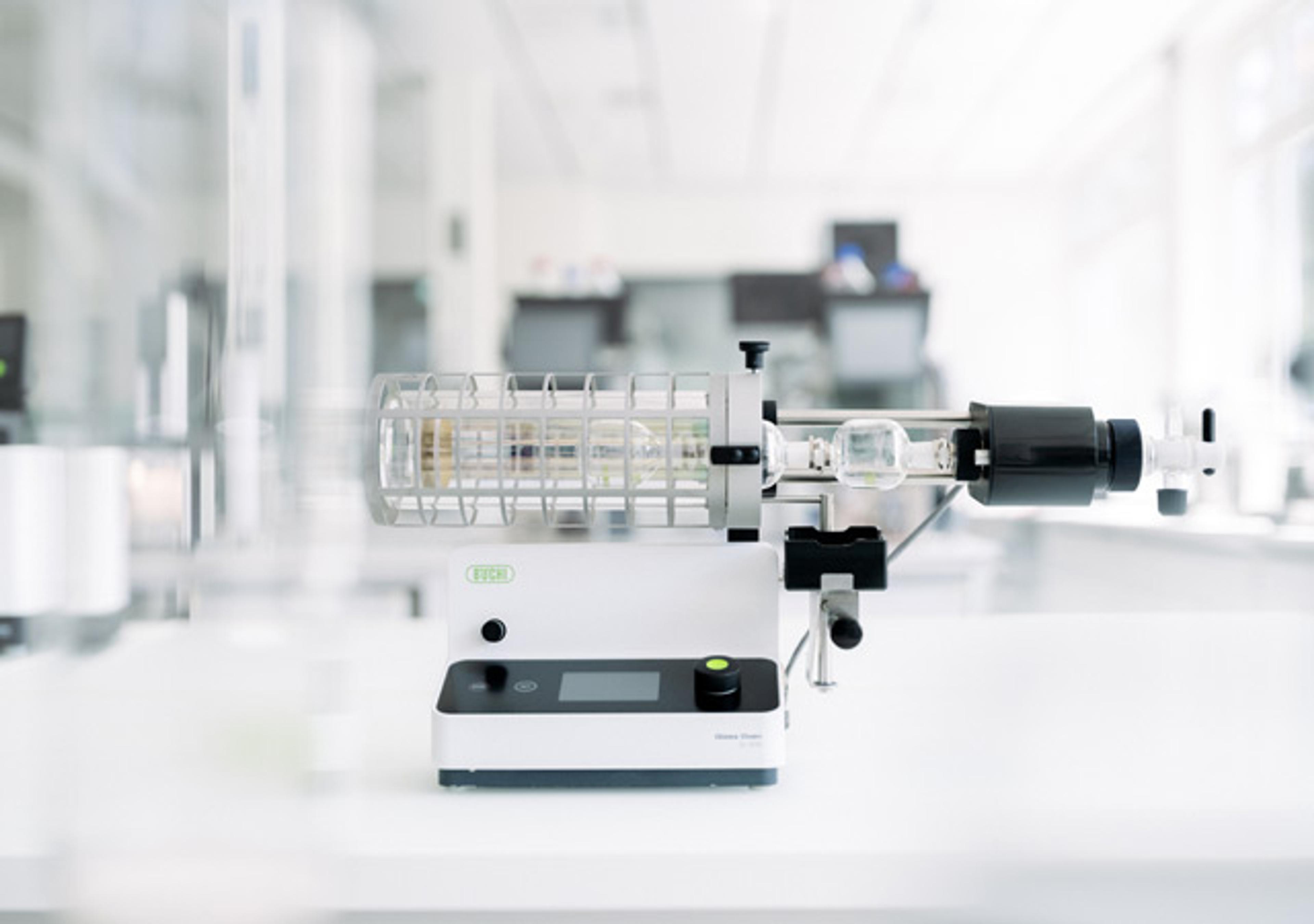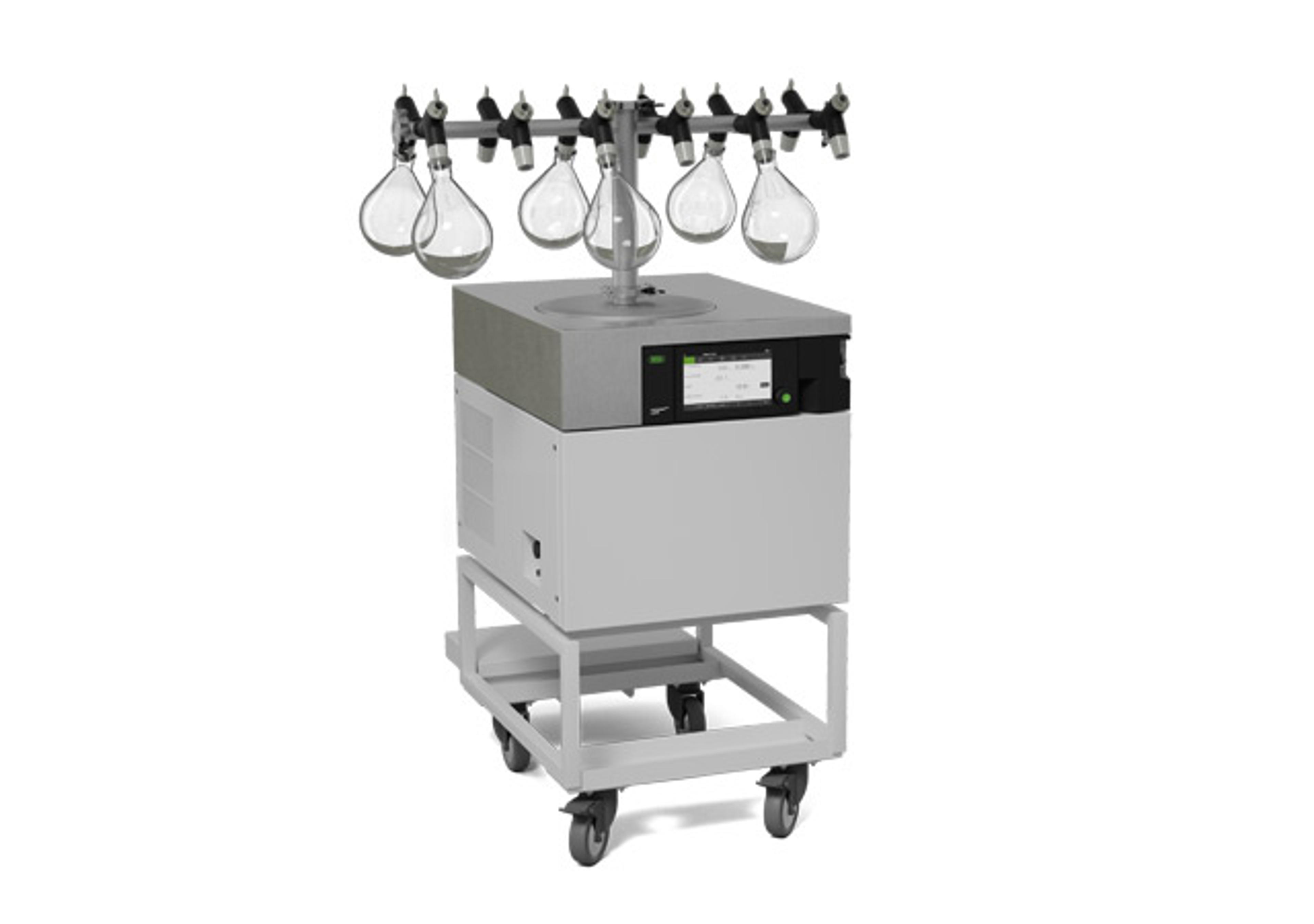Benzodiazepines (dipstick)
The QuickScreen One Step Benzodiazepines is a rapid, qualitative immunoassay for the detection of Benzodiazepines in urine at a cutoff concentration of 200 ng/ml. This assay is intended for use in clinical toxicology laboratories, physician's offices, and drug of abuse clinics, law enforcement agencies and on-site workplace drug testing programs. This test provides only a preliminary test result. A more specific alternate test…

The supplier does not provide quotations for this product through SelectScience. You can search for similar products in our Product Directory.
The QuickScreen One Step Benzodiazepines is a rapid, qualitative immunoassay for the detection of Benzodiazepines in urine at a cutoff concentration of 200 ng/ml. This assay is intended for use in clinical toxicology laboratories, physician's offices, and drug of abuse clinics, law enforcement agencies and on-site workplace drug testing programs. This test provides only a preliminary test result. A more specific alternate testing method must be used in order to obtain a confirmed analytical result. Gas chromatography/mass spectrometry (GC/MS) is the preferred confirmatory method. Other confirmation methods are available. Clinical consideration and professional judgement should be applied to any drug-of-abuse test results, certainly when preliminary positive results are observed.Benzodiazepines form one of the largest classes of abused pharmaceuticals. These products are sedative/hypnotics and anti-anxiety drugs that produce calming effects, thus they are often prescribed as tranquilizers. Frequently abused Benzodiazepines include Alprazolam (Xanax), Diazepam (Valium), Lorazepam (Ativan), Triazolam (Halcion), Chlordiazepoxide (Librium), Flurazepam (Dalmane) and Temazepam (Restoril). A trend has been observed in the past several years of abuse of these legitimat pharmaceuticals in conjunction with illicit controlled substances such as methadone and heroin. Benzodiazepines may be detected for up to two weeks in urine. Urine-based screening tests for drugs of abuse range from complex analytical procedures to simple immunoassay tests. The sensitivity and rapidity of immunoassays have made them the most accepted method of preliminary screening for drugs of abuse in urine. This allows the laboratory to eliminate the large number of negative specimens and focus on the smaller number of initiallypositive samples.QuickScreen One Step Benzodiazepines Screening Test is a competitive immunoassay that is used to screen for the presence of Benzodiazepines in urine. It is a chromatographic absorbent device in which drug or drug metabolites in a sample compete with drug/protein conjugate immobilized on a porous membrane for a limited number of antibody/dye conjugate binding sites. The test device employs a unique combination of monoclonal and polyclonal antibodies to selectively identify Benzodiazepines in urine with a high degree of confidence. In the assay procedure, the absorbent end of the device is inserted into the urine sample. The urine is absorbed into the device by capillary action, mixes with the antibody-dye conjugate and flows across the pre-coated membrane. When sample Benzodiazepine levels are below 200 ng/ml (the detection sensitivity of the test), antibody/dyeconjugate binds to the drug/protein conjugate immobilized in the Testregion (T) of the device. This produces a colored Test Band that, regardless of its intensity, indicates a negative result. When sample Benzodiazepine levels are at or above 200 ng/ml, the free drug in the sample binds to the antibody/dye conjugate immobilized in the Test Region (T) of the device. This prevents the development of a distinct colored band, indicating a potentially positive sample. In either case, a colored Control Band is produced in the Control Region (C) by a non-specific antibodydye/conjugate reaction. This band serves as a built-in quality control device that demonstrates antibody recognition and reactivity as well as confirmation that the test is complete.

